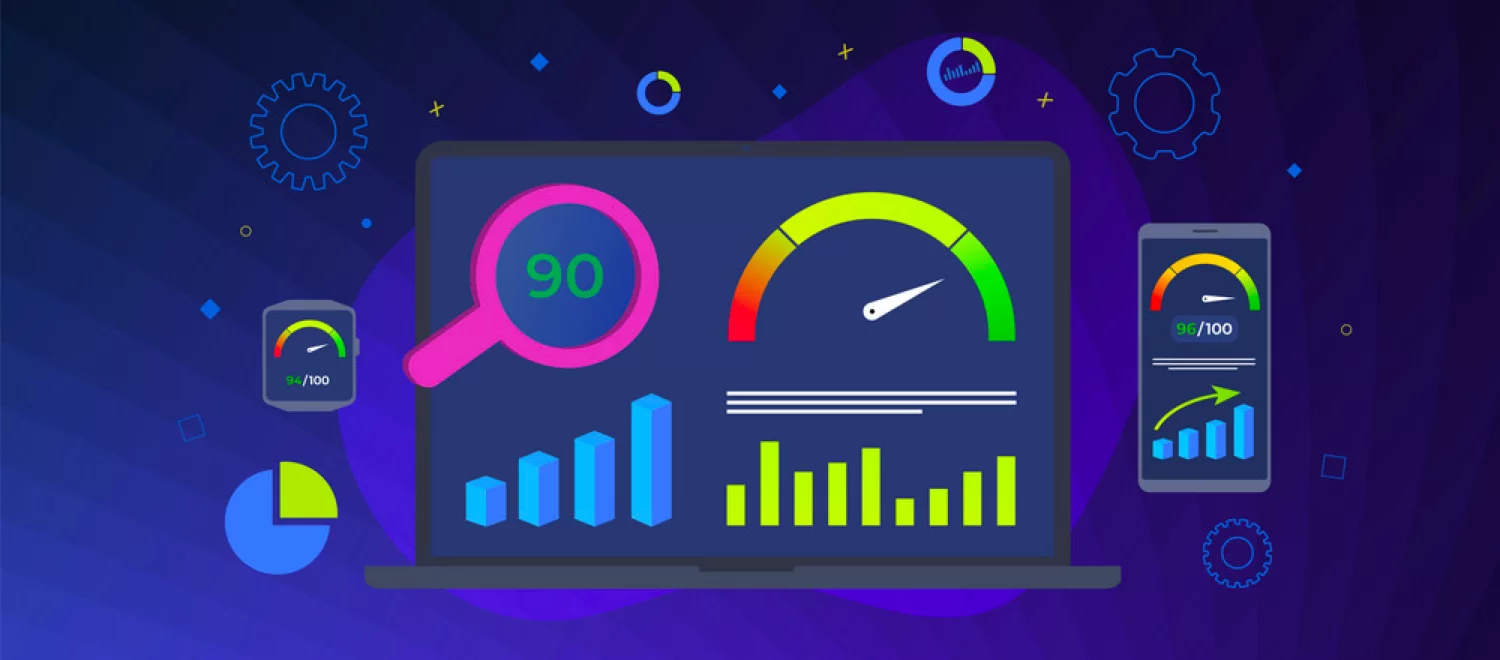In the fast-paced digital world, speed matters. A slow-loading website can lead to high bounce rates, decreased user engagement, and ultimately lost revenue. Optimizing your website for speed is essential for providing an excellent user experience and improving your search engine rankings. Here’s a comprehensive guide on how to enhance your website’s speed effectively.

1. Choose the Right Hosting Provider
The foundation of your website’s speed often lies in your hosting provider. Selecting a reputable host can significantly impact your website’s performance.
- Shared vs. Dedicated Hosting: While shared hosting is cost-effective, it can slow down your site if other websites on the server experience high traffic. Consider upgrading to a dedicated server or a virtual private server (VPS) for better performance.
- Content Delivery Network (CDN): Implement a CDN to distribute your content across various global servers. This reduces the physical distance between your server and users, improving loading times.
2. Optimize Images
Images often constitute a significant portion of a website’s load time. Optimizing them is crucial for improving speed without sacrificing quality.
- Compress Images: Use tools like TinyPNG or ImageOptim to compress images without losing quality.
- Use the Right Format: Choose appropriate image formats—JPEG for photographs and PNG for graphics with transparent backgrounds.
- Responsive Images: Implement responsive images to serve different sizes based on the user’s device, ensuring faster load times on mobile.
3. Minimize HTTP Requests
Each element on your webpage (images, scripts, stylesheets) requires an HTTP request, which can slow down loading times. Reducing these requests is vital for optimization.
- Combine Files: Combine multiple CSS and JavaScript files into one to minimize requests.
- Use CSS Sprites: Combine multiple images into a single image sprite to reduce the number of requests for images.
4. Enable Browser Caching
Browser caching allows frequently accessed files to be stored locally in the user’s browser, reducing load times for repeat visitors.
- Set Cache Expiration: Use the .htaccess file to set expiration dates for various file types, enabling browsers to store them for a specified period.
- Leverage Caching Plugins: For WordPress users, plugins like W3 Total Cache or WP Super Cache can help manage caching easily.
5. Minify CSS, JavaScript, and HTML
Minifying your website’s code involves removing unnecessary characters, comments, and spaces, which can reduce file sizes and improve load times.
- Use Minification Tools: Tools like UglifyJS for JavaScript and CSSNano for CSS can automatically minify your code.
- Combine and Minify Files: Combining and minifying files reduces the number of HTTP requests and overall file size.
6. Optimize Your Website’s Code
Clean and efficient code can significantly enhance your website’s performance.
- Reduce Redirects: Minimize the number of redirects on your site, as they add additional HTTP requests and slow down loading times.
- Use Asynchronous Loading: Implement asynchronous loading for JavaScript files, allowing other elements on the page to load simultaneously without waiting for scripts to finish.
7. Use a Lightweight Theme or Framework
The choice of theme or framework can greatly affect your website’s speed.
- Choose Optimized Themes: Select a lightweight and optimized theme that doesn’t include unnecessary features or code bloat.
- Limit Plugins: Use only essential plugins to avoid slowing down your site. Regularly audit and remove unused or outdated plugins.
8. Monitor Performance Regularly
Regular monitoring is essential to ensure your website remains optimized for speed.
- Use Performance Testing Tools: Tools like Google PageSpeed Insights, GTmetrix, or Pingdom can help you identify speed issues and provide recommendations for improvement.
- Analyze User Feedback: Pay attention to user feedback regarding load times and make necessary adjustments based on their experiences.
9. Implement Lazy Loading
Lazy loading is a technique that delays the loading of non-essential resources until they are needed.
- Images and Videos: Implement lazy loading for images and videos so they only load when they come into the viewport, reducing initial load time.
- Third-Party Scripts: Consider lazy loading third-party scripts, such as ads or social media embeds, to prevent them from blocking the rendering of your primary content.
10. Optimize Your Database
A cluttered database can slow down your website, particularly for dynamic sites.
- Regular Cleanup: Regularly remove unnecessary data, such as old revisions of posts and spam comments, to keep your database clean and efficient.
- Use Database Optimization Plugins: For WordPress sites, plugins like WP-Optimize can help streamline and optimize your database effortlessly.
Conclusion
Website speed optimization is a continuous process that requires attention and regular updates. By implementing the strategies outlined above, you can significantly improve your website’s loading times, enhance user experience, and increase engagement. Remember, a faster website not only satisfies users but also helps boost your SEO rankings, leading to greater visibility and success in the digital marketplace. Prioritize speed in your web development strategy, and watch your online presence thrive.


No responses yet